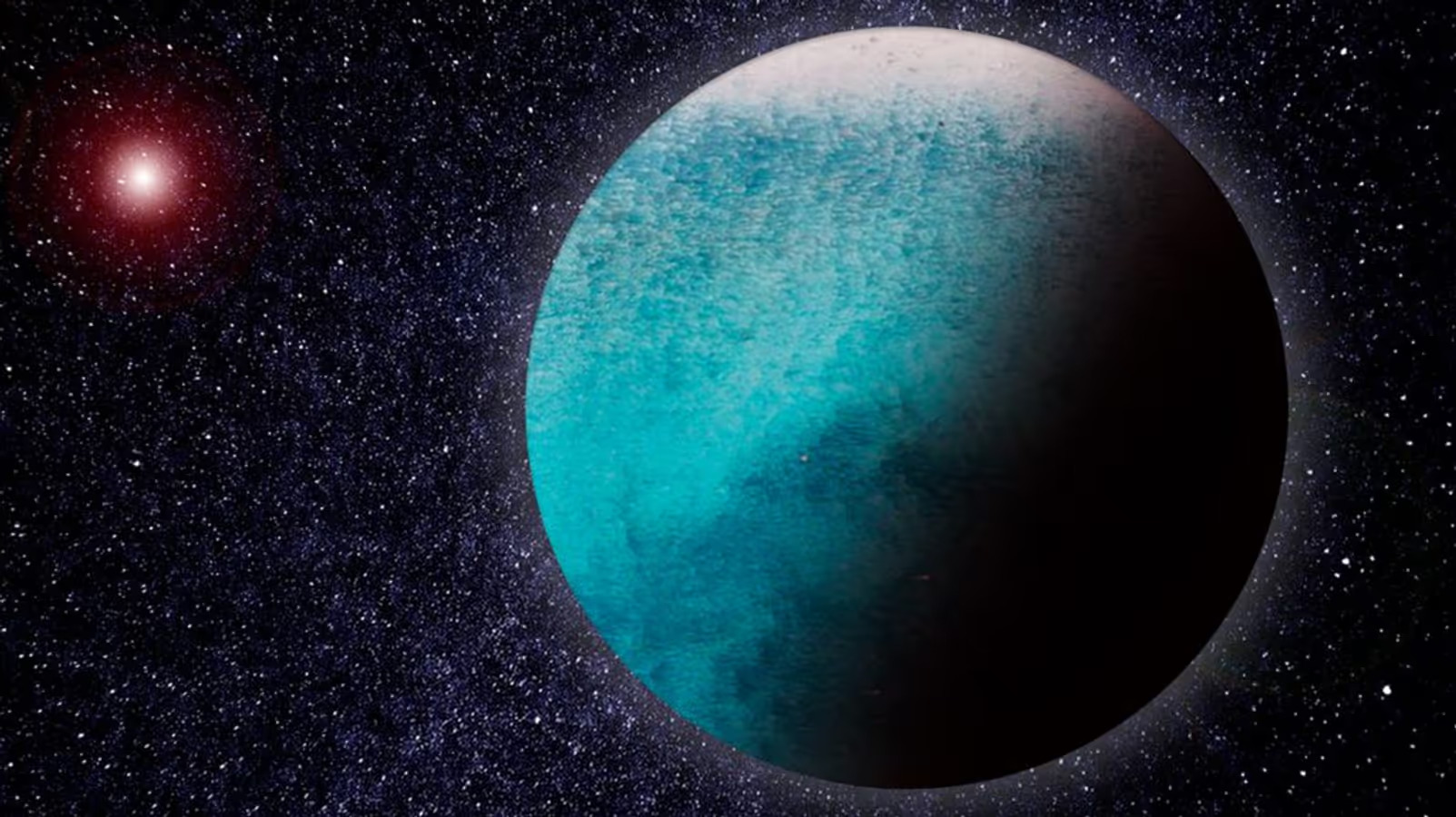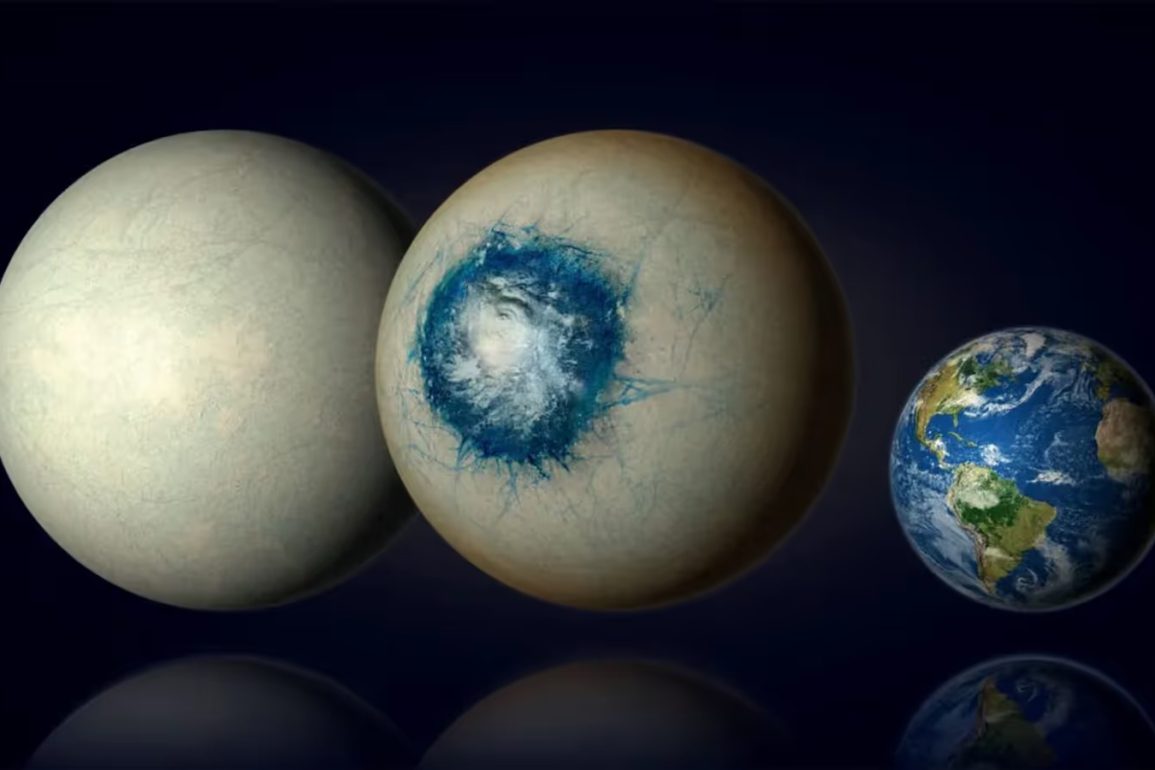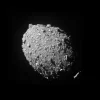Leveraging data from the James Webb Space Telescope (JWST), researchers have uncovered groundbreaking insights about the exoplanet LHS 1140 b, suggesting it could be an icy water world with an Earth-like atmosphere capable of supporting life.
Previously considered a mini-Neptune, this planet is situated 48 light-years from Earth within the habitable zone of its red dwarf star. The habitable zone is significant as it receives sufficient radiation to potentially sustain liquid water, a vital component for life.
Previously believed to have a thick atmosphere of hydrogen and helium like Neptune, new data from JWST indicates LHS 1140 b is more likely a rocky or icy, water-rich “super Earth.” This revelation makes it a prime candidate for the search for extraterrestrial life. Detecting atmospheres on small, rocky planets is a significant challenge, but LHS 1140 b is showing promising signs.
Ryan MacDonald, a NASA Sagan Fellow, emphasized the importance of this discovery, marking it as the first hint of an atmosphere on a potentially habitable, rocky exoplanet.

Discovered in 2017, LHS 1140 b has intrigued scientists due to its proximity and its substantial mass, over six times that of Earth. The recent findings from JWST have only heightened the excitement, suggesting that it could be our best opportunity to confirm liquid water on an exoplanet. Lead author Charles Cadieux highlighted the potential of LHS 1140 b to be a major milestone in the search for habitable exoplanets.
While it is still early to confirm the exact nature of LHS 1140 b’s atmosphere, observations suggest that up to 20 percent of its mass could be water. This could mean the planet is either a massive snowball or an icy body with a subsurface ocean. The analysis also points to the possibility of a nitrogen-rich atmosphere, which would support the presence of a large ocean with temperatures around 68 degrees Fahrenheit.
Additional observations from JWST are essential to validate these findings and investigate the presence of other atmospheric gases. MacDonald conveyed optimism about this initial insight into the atmosphere of a super-Earth in the habitable zone, emphasizing that this discovery represents a promising beginning in the search for potentially habitable worlds beyond our solar system.

